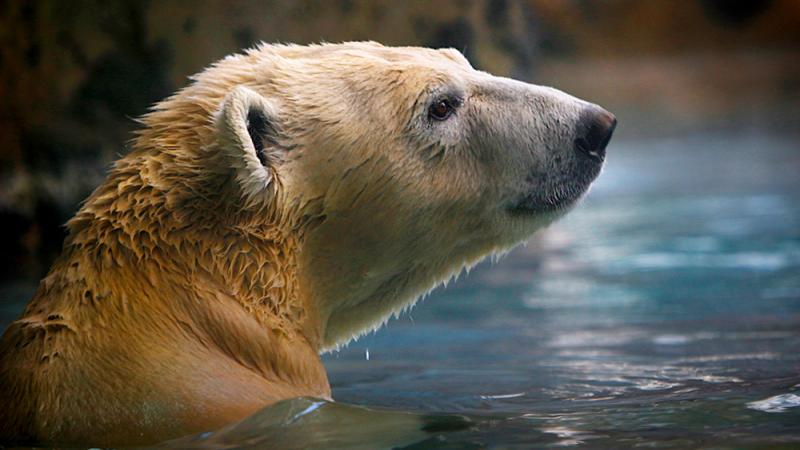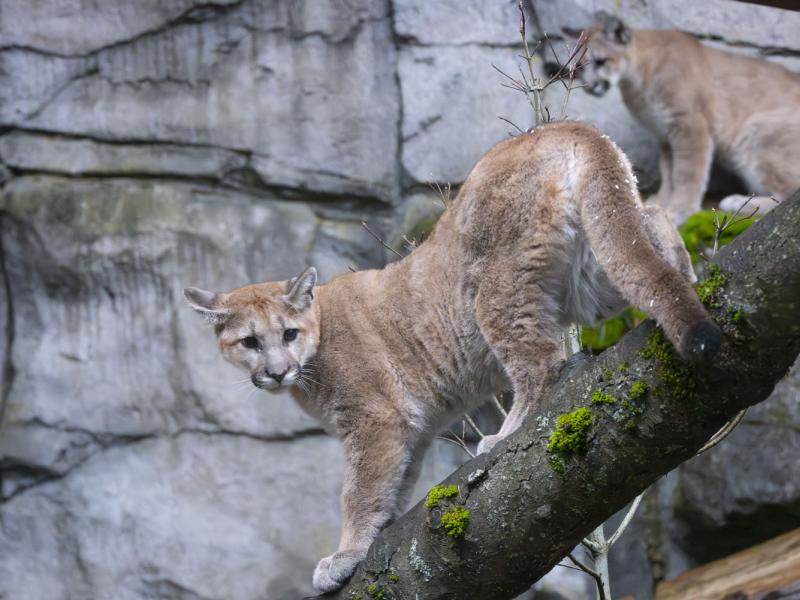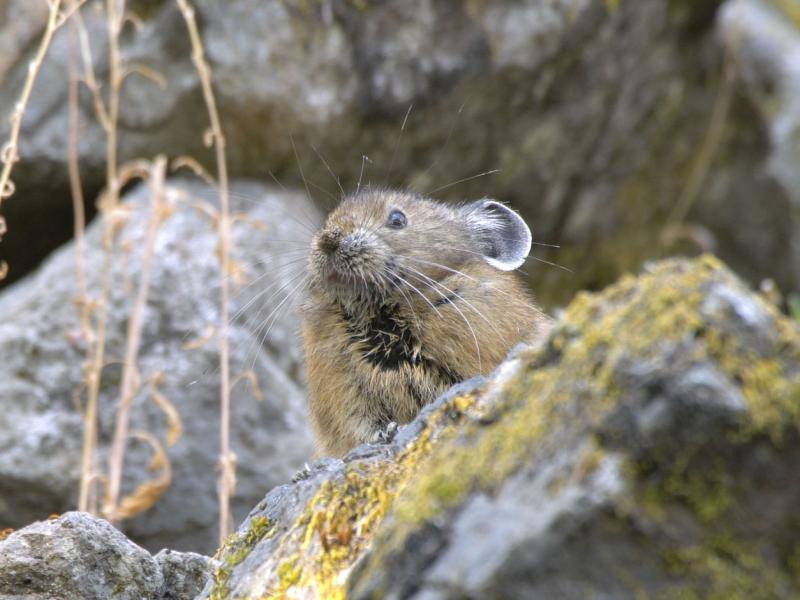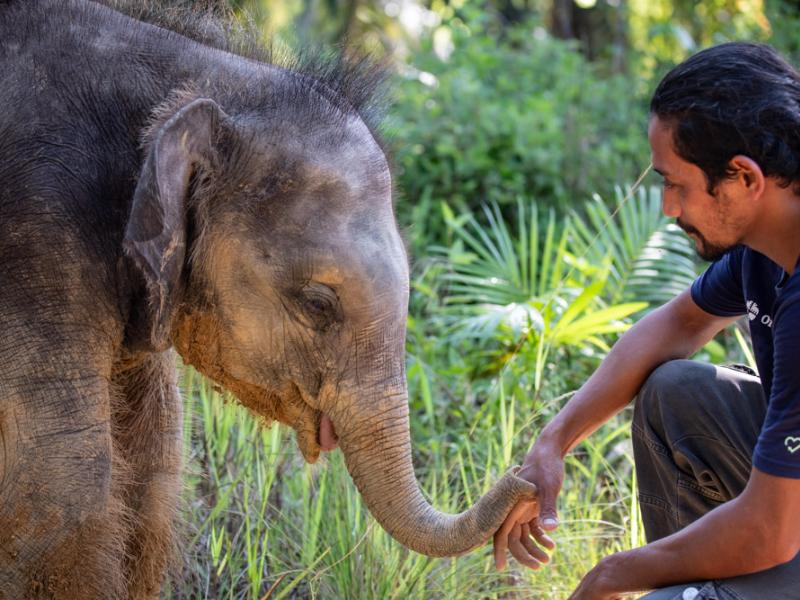Zoo polar bear helps answer conservation question

New Oregon Zoo-aided study suggests swimming takes a big toll on polar bears
Everyone knows polar bears are great swimmers, right? Maybe not, according to a new study, which suggests these powerful Arctic predators might be less efficient in water than previously thought.
The study — based on data collected at the Oregon Zoo and published in the November 2018 issue of Marine Mammal Science — measures the "energetic costs of aquatic locomotion in a subadult polar bear," and the findings could have serious implications for wild bears as climate change transforms their habitat.
Using information from the first-ever swim chamber designed for polar bears, scientists at the zoo discovered that the young polar bear Nora burned more calories while swimming than other marine and semi-aquatic mammals.
Though classified as marine mammals and capable of swimming long distances, polar bears appear to pay a higher caloric cost for traveling by water.
"Contrary to most marine mammals, polar bears rely on walking," said Dr. Anthony Pagano, a wildlife biologist and one of the study's leaders. "Like other semi-aquatic mammals, it takes more energy for them to swim."
To conduct the study, Nora's care team worked with her to voluntarily enter the custom-made chamber, alternating between resting and swimming against a current. Researchers then measured the oxygen in the chamber to determine the calories she needed to swim, which turned out to be more than they expected.
"These data help us understand how polar bears survive in the wild," said Amy Cutting, who oversees marine mammals at the Oregon Zoo and worked with Nora on the study. "As sea ice retreats, scientists and wildlife managers need to know how polar bears are responding."
The new research reinforces the understanding that polar bears rely on a diet of fat-rich seals to survive in the energetically demanding Arctic. Though they typically hunt seals by walking on sea ice, as that ice melts they'll need to swim longer distances to find food. That in turn will use up more energy.
"Our preliminary results suggest that increases in swimming rates would greatly increase energy expenditure," Pagano said. "This has implications for body condition, reproductive success and survival."
The project — part of the U.S. Geological Survey's Changing Arctic Ecosystems research on the effects of climate change on polar bears — was a collaborative effort led by the USGS, the Oregon Zoo and the University of California, Santa Cruz.
"There's a lot we need to learn about how climate change is affecting polar bears," Cutting said, "so it's rewarding to know we can offer conservation scientists a chance to study this threatened species in a new way."
The zoo has participated in a variety of conservation science collaborations with the USGS since 2012. Cutting envisions more contributions to conservation science once the zoo's new polar bear habitat opens in 2020. Polar Passage, currently under construction, is one of eight major projects made possible by the community-supported zoo bond measure passed in 2008. With five of these projects now complete, the final three — improved habitats for primates, rhinos and polar bears — are being managed as a single construction project to save construction costs and increase efficiency.
More News

Rescued cougar cubs are venturing out
. A pair of orphaned cougar cubs, rescued and brought to the zoo by Washington Department of Fish and Wildlife staff in November, have begun exploring their outdoor habitat.April 17, 2025

Zoo seeks pika watchers for summer season
The Oregon Zoo is recruiting volunteers for Cascades Pika Watch.April 15, 2025

Zoo convenes action for imperiled elephants
Sabah government representatives joined conservation NGOs, local communities, palm oil producers, and tourism operators this week in the fight to save the world’s smallest elephants from extinction.April 11, 2025

